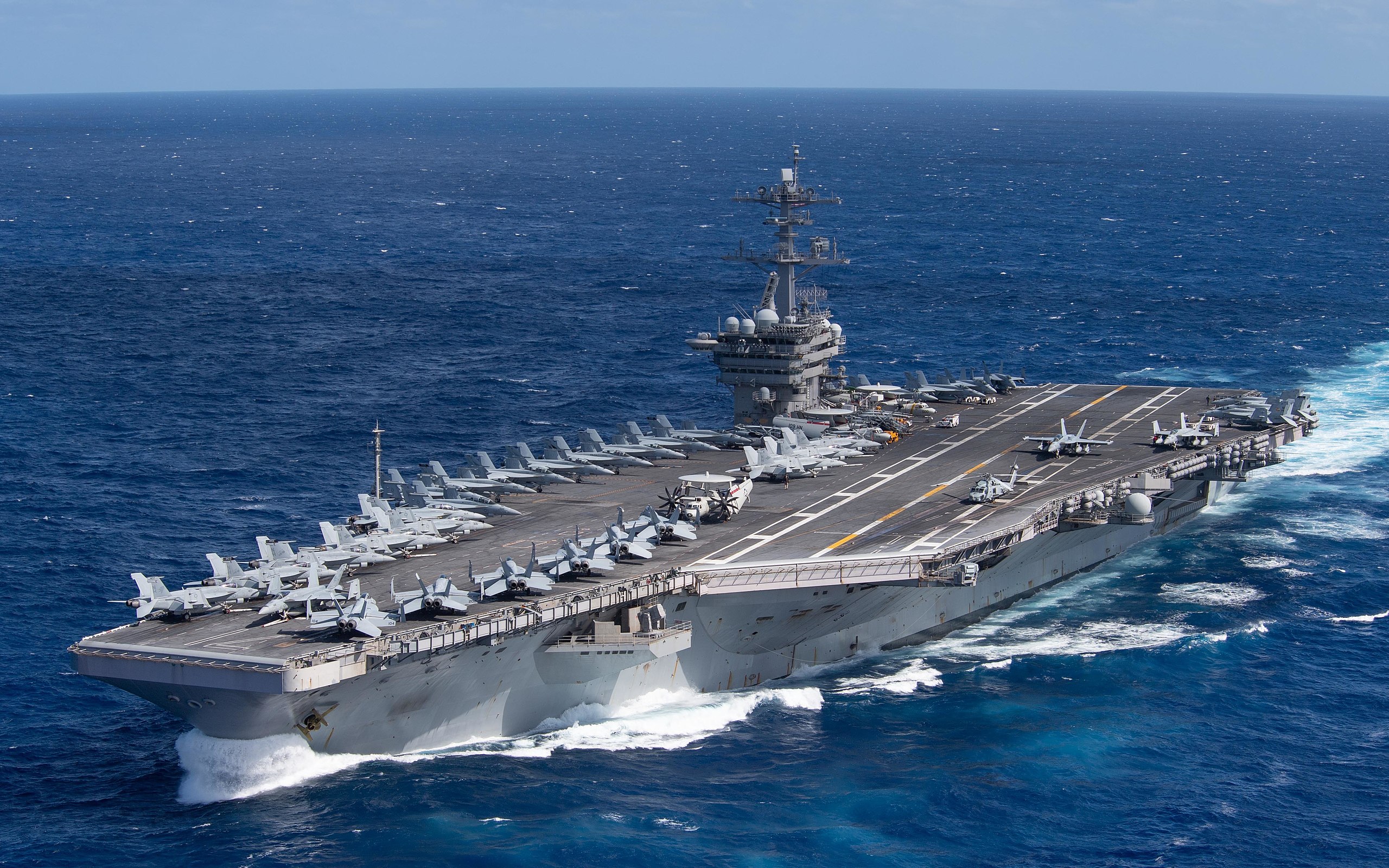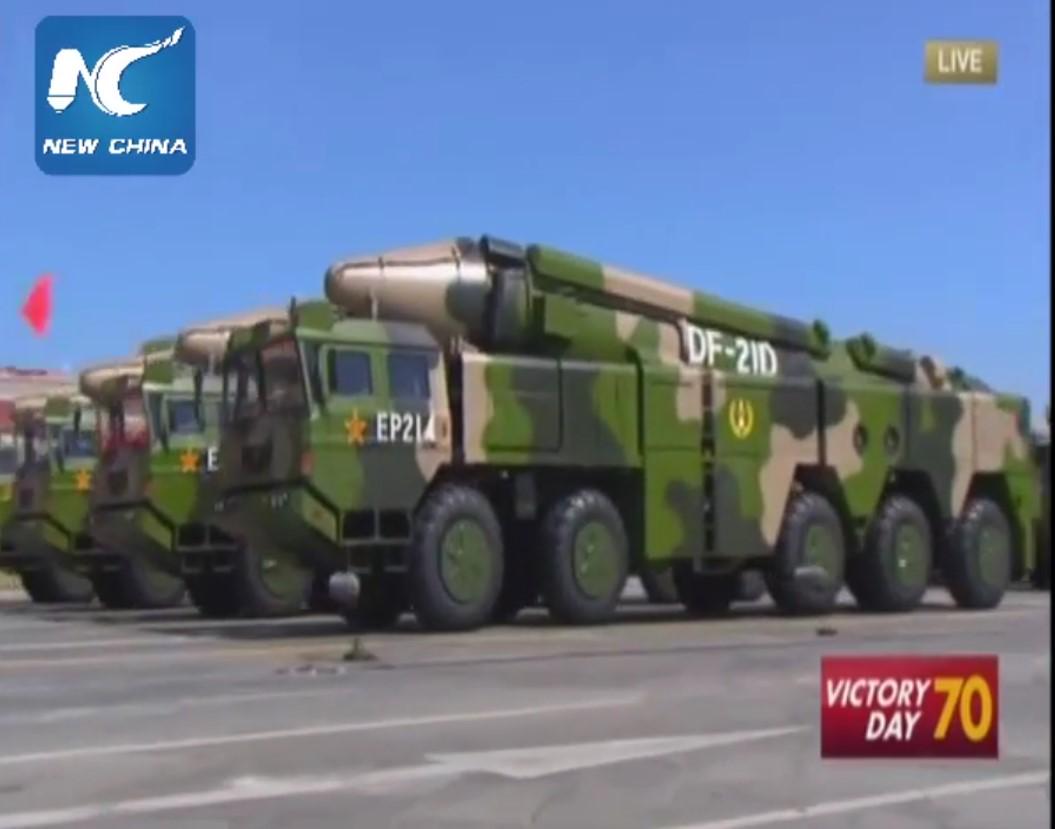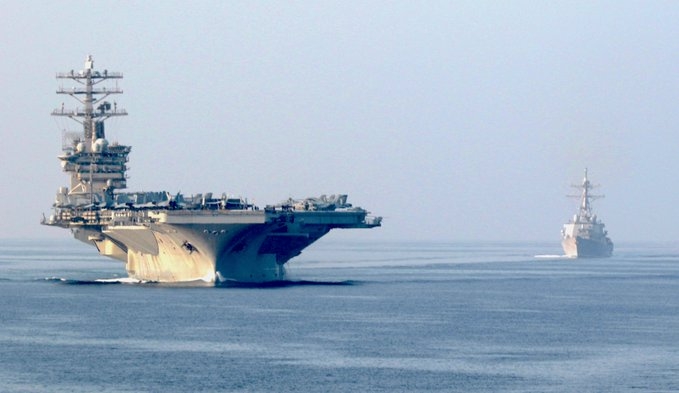As the US shifts its military focus to the Indo-Pacific to counter what is seen as China’s growing aggression, Washington is boosting its naval capabilities in the region to ‘tame the dragon’.
US’ Most Spectacular F-35B Jets That Can Land & Take-Off Vertically Finally Gets A New Challenger
Of late, both US and China are seen taking confrontational postures in the South China Sea over the Taiwan issue. Washington is also firming up strategies to counter Beijing’s “intimidatory tactics” against Taiwan and other Southeast Asian nations.
In fact, the US and Chinese navies came face to face in the South China Sea in the months of April and May. In April, Chinese warship CNS Liaoning sailed with its escorts in tow through the Miyako Strait, south of Okinawa, on the way to the Philippine Sea, Forbes reported.
As it turned south after reaching the Philippine Sea, it was tracked by a US destroyer all along its way.
During the same time, the US aircraft carrier USS Theodore Roosevelt cruised into the South China Sea from the opposite direction. Following on the same course was another US amphibious ship, the USS Makin Island.
It was reported that the two carriers sailed side by side for some time, in what was one of the most powerful naval formations in decades.

The increased US presence in the region is bound to rile China, which may attempt to counter the US ships, making the waters of the South China Sea volatile and vulnerable to a naval conflict.
Can China Sink A US Carrier?
Speaking at the 2018 Military Industry List summit, Rear Admiral Lou Yuan, who is also the deputy head of the Chinese Academy of Military Sciences, stated that the ongoing disputes on the ownership of the East and South China Seas can be effectively resolved by sinking two American aircraft carriers.
The military expert was quoted as saying that China has the capability of hitting US carriers by its new and highly proficient anti-ship ballistic and cruise missiles.

Lou said there are “five cornerstones of the US”, which can be exploited.
They are, according to him, “their military, their money, their talent, their voting system and their fear of adversaries”. He was of the opinion that China should use its own strength to attack the enemy, that is, the US, wherever it is scared of being hit.
For the Chinese expert, having casualties is the biggest fear of the US, and therefore China should sink the aircraft carriers of the US.
“The loss of one super carrier would cost the US the lives of 5000 servicemen and women. Sinking two would double that toll. We’ll see how frightened America is,” he had said.
When The US Tried Sinking Its Own Carrier
For decades, the aircraft carriers have been the mainstay of the US Navy, and major means of its power projection. They are considered to be one of the safest places to be in, in the event of a war.
The US carriers which are equipped with the latest radars, decoys, and anti-missile systems will be able to counter any attack.
While its adversaries such as China and Russia are also developing such systems, attacking and destroying an aircraft carrier can prove to be quite a difficult task, reported The National Interest.
In the early 2000s, the US was involved in the process of designing its new class of supercarriers, which would be more adept at countering threats.
It was found that the data from the simulated sinking of older and smaller aircraft carriers and surface combatants were not enough to provide the necessary information for a larger aircraft carrier.
It was the USS America (CV-66), which provided the answer to the predicament of the US.
The Drive mentions that the Kitty Hawk class carrier, which had been retired from service in 1996, was chosen as a destructive test platform to “gain insights into how a supercarrier would soak-up different forms of attack, and those lessons would then be applied directly to the Nimitz class successor supercarrier program”.

The USS America had been deployed in Vietnam and Gulf wars and had also been deployed in combat operations in Libya.
In April 2005, the carrier was towed miles away from the coast in Virginia, where it found itself on the receiving end of several aerial and underwater explosions and attacks. It was almost after four weeks of relentless attacks, that the carrier’s stern went below the surface of the water.
The carrier only went under the water, when demolition teams had scuttled the ship. Information regarding this exercise, including the results, remains classified.
Sinking A Carrier Easier Said Than Done
The US aircraft carriers are over 1,000 feet long and most of them are as tall as multi-story buildings, having 25 decks.
Many believe that the huge size of the carrier makes them vulnerable to attacks. However, experts are of the opinion that the sheer size of the US aircraft carriers makes them more resilient in comparison to any other warship.
A report by Forbes highlighted that the US aircraft carriers have a large number of water-tight compartments, along with “thousands of tons of armoring, and redundancy built into major onboard systems such as the electrical wiring”.
Thus, if one weapon may cause damage to the carrier, it will not cause the carrier to sink. Any such damage can be worked upon by the crew, and the carrier can continue in its mission with ease.

The report listed many advantages of US carriers which make them quite unsinkable.
Apart from their sheer size, the carriers move at a fast speed, which is greater than many submarines. The Nimitz-class carriers can reportedly move at speeds of 35 miles per hour, and can, therefore “move to anywhere within a 700-square mile area within 30 minutes”, making the targeting of the carrier a difficult task.
Further, the nuclear propulsion of the Nimitz-class and the expected Ford-class carriers enable them to execute deceptive maneuvers in any direction.
The carriers are also armed with the F/A-18 and F-35, advanced sensors, and other precision-guided weapons. The radar planes on board the carriers are also expected to track threats hundreds of miles away.




